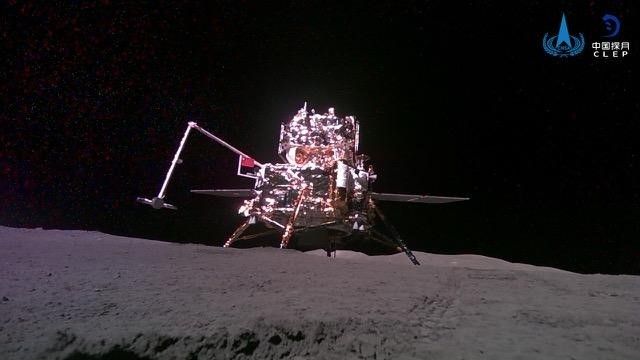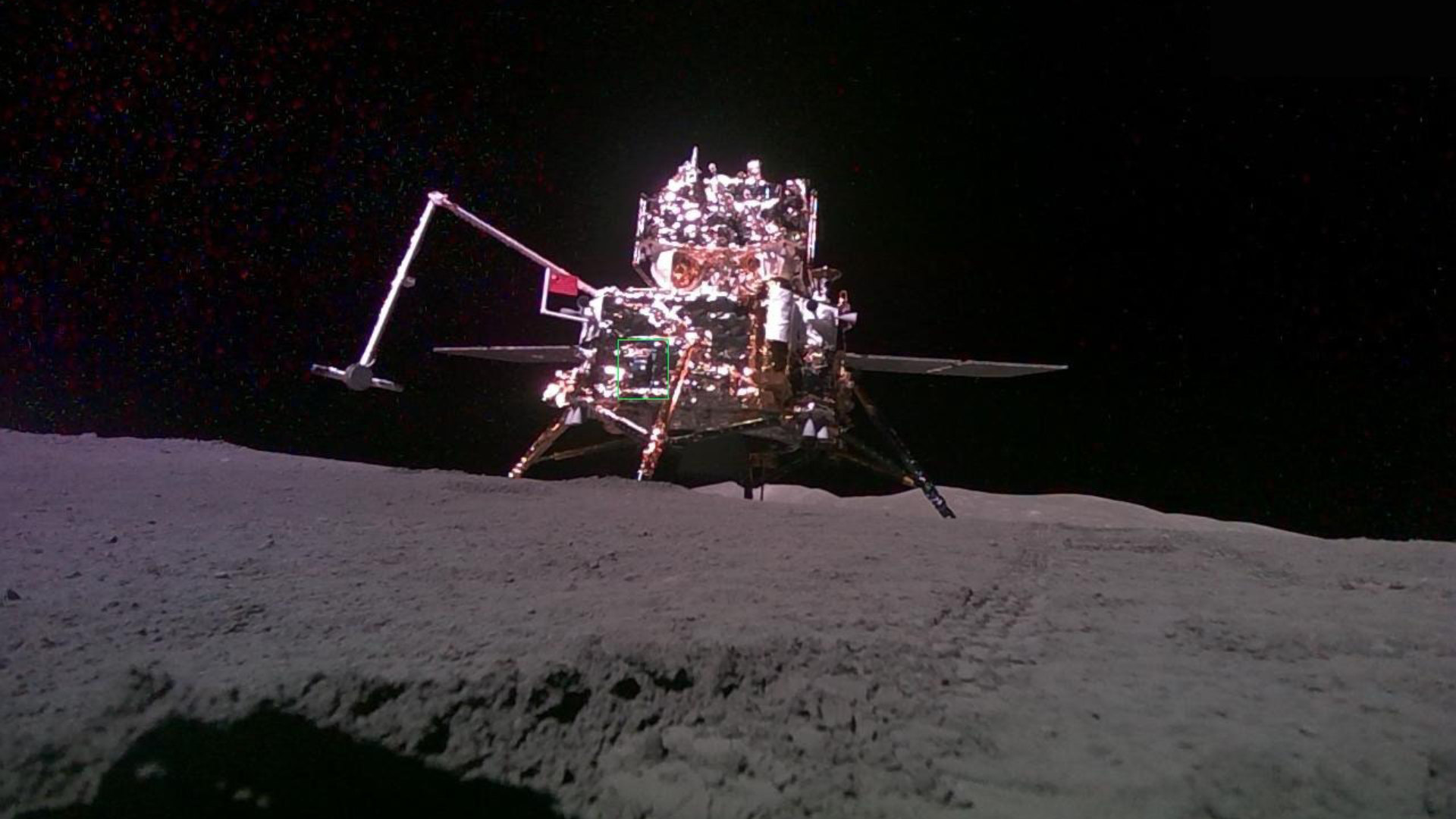
Chinese moon mission makes history with successful collection of far side samples
China's Chang'e 6 mission made history on June 1, 2024, when it safely touched down in the South Pole-Aitken (SPA) Basin on the far side of the moon and collected samples. The lander-ascender combination is currently awaiting its journey back to Earth with these valuable lunar materials.
The Chang'e 6 mission marks a significant milestone in China's lunar exploration plans, which include future manned missions and an international lunar research station. This achievement has drawn widespread attention from the scientific community and space enthusiasts around the world.
Scientists are eager to analyze these samples, as they could provide valuable insights into the moon's geological history and composition. The far side of the moon remains largely unexplored due to its lack of direct communication with Earth, making this mission even more noteworthy.
China's lunar exploration plan
China has presented a comprehensive plan for lunar exploration that includes Chang'e 7 and Chang'e 8. The latter is expected to carry humans to the moon's surface, while the former will focus on scientific research. Additionally, plans for an international lunar research station are in development.
International collaboration
The Chang'e 6 mission features multiple international contributions, including a French instrument called NILS (Negative Ions at the Lunar Surface), which detected negative ions on the lunar surface for over three hours. This discovery could significantly impact understanding of this phenomenon in other celestial areas lacking protective magnetic fields.
The European Space Agency (ESA) and China's National Space Administration (CNSA/CLEP) are collaborating on this mission, with ESA collecting an impressive amount and quality of data during its first lunar surface operation. This collaboration highlights the importance of international cooperation in space exploration.
Conclusion
The successful collection of samples from the far side of the moon by China's Chang'e 6 mission represents a significant milestone in lunar exploration and scientific research. The data gathered from these samples could provide valuable insights into the moon's geological history and composition, contributing to our understanding of celestial bodies beyond Earth.



